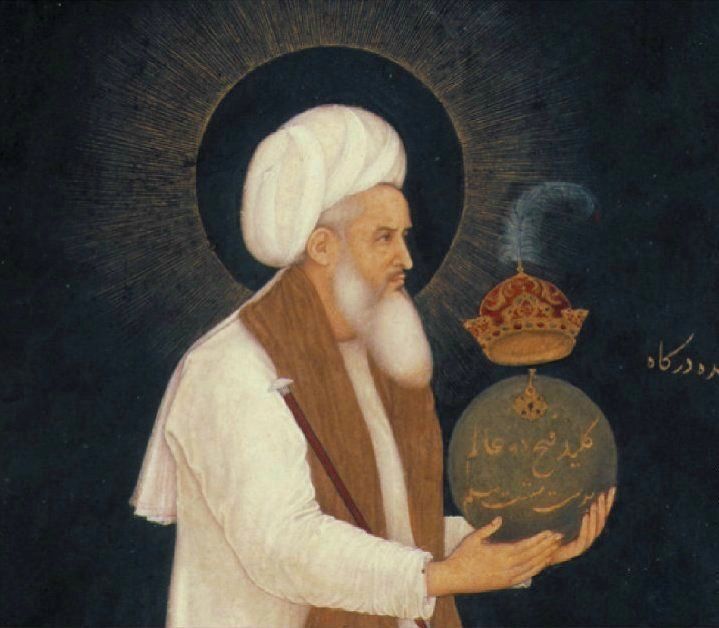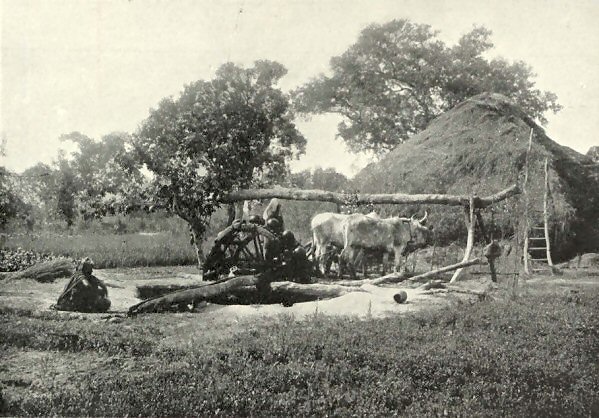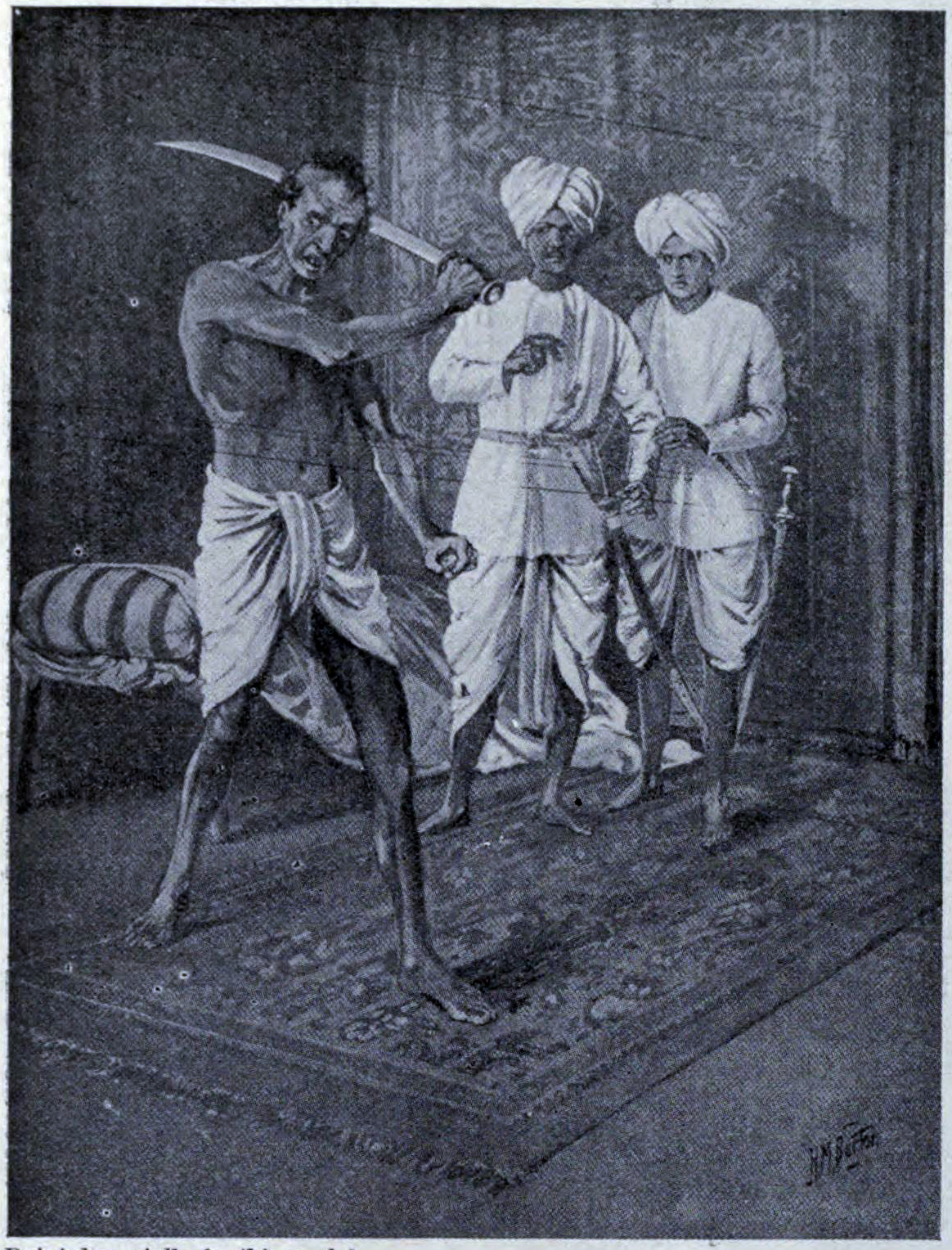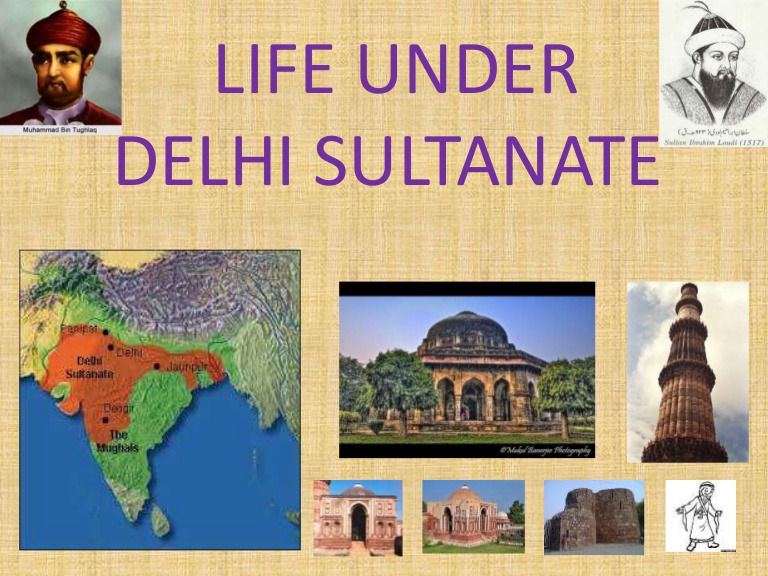The Turk’s brought a new social-cultural outlook along with them, it was an egalitarian liberal. The evils like the caste system & untouchability were absent. This positive Turkish culture left a deep impact on India; the egalitarian outlook of Islam inspired the Bhakti Saints to condemn the discriminatory Indian practices, as a result, force began to be made for social equality & significant reforms were witnessed in India during the 13th – 16th Century.
Social-cultural effect on Turkish Rule
On the negative side, the establishment of Turkish rule & the arrival of Islamic culture posed a serious threat to the very existence of Indian social and cultural life as a result of this the degree of rigidity in society increased enormously. The fear factor associated with the establishment of Turkish rule intensified the evils like child marriage, veiling (parda), Sati, Johar.
The arrival of Islamic culture posed a threat to Indian socio-culture life in one way. Since Islamic society was free from the evil of untouchability & rigidity of the caste system, it attracted the lower Indian castes in large numbers.
This conversion of Indians into Islam also posed another major challenge to Indian Society. The social and religious reforms propagated by the Bhakti Saints tried to address this problem as well. Islam emerged as a dominant force in India as a result of the establishment of the Turkish Rule since it was a religion of the Ruling class that attracted a considerable section of the Indian population towards it.
New festivals, dress patterns & food habits also entered India along with Turk’s. The Turk’s brought the Persian language & literature with them; historiography got a boost because the Turkish ruler patronized history writers in their court. The assimilation of the Persian & Hindi language resulted in the origin of Urdu.
The language emerged in military centers initially & thereafter it was adopted by the intellectuals as well. Sufi Saints also entered India along with Turkish invaders. Chishti was the 1st to come to India from Persia, Sheikh Muin-Ud-din Chishti was 1st Sufi Saint to put his feet on Indian soil, and he came along with Muhammad Ghori.

New forms & features of architecture were also brought by Turk’s. This Islamic architecture was considerably different when compared with traditional Indian architecture. The arrival of Islamic culture along with Turkish commenced a process of social & cultural assimilation. Both Indian & Islamic cultures adopted elements from each other this process of assimilation in the emergence of a syncretic Indo-Islamic culture.
Economic Impact of Turkish Establishment
The establishment of Turkish rule produced the most significant changes in the economic sphere. The arrival of Turk’s gave a boost to the Indian economy & a new phase of economic prosperity came in. Turk’s brought a new economic outlook; it was favorable to secondary & tertiary activities. The artisans & craftsmen were got high status both under state as well as in society were patronized by Turkish ruler in large numbers as a result of this positive outlook, the economy got a boost.
The Turk’s brought several new technologies with them. The new technology of paper manufacturing was brought by Turk’s paper was manufacturing in Western India earlier as well but the quantum of production was very low. New technology increased paper production to such an extent that the paper became an item of common use. It was easily accessible that even sweet sellers of Delhi used paper packets in 13th
The technology of bookbinding was also brought by Turk’s & it emerged as a new craft. Technology related to textile was also brought by Turk as a result of which textile witnessed the most remarkable progress.
Pit-loom also brought earlier Horizontal loom was used in India in which the weaver could employ only his hands. The new technique of dying the cloths was also brought by Turk’s as a result of which multicolor clothes could be manufacturing. Gun powder was also brought to India by Turk’s during the Sultanate period. Gun powder was used only for the pyro technique Sultan Firoz-Shah Tughlaq used to organized the public exhibition of the pyro technique.

Irrigation facilities also received a big boost as a result of the establishment of Turkish rule. The Turk’s brought a Persian wheel known as Saqiya it enables the fixing of buckets to a wheel & continuous water could be taken out of the well. Later on, a gear mechanism was invented & when it was attached to Sakiya, Rahet came into existence. This Rahet allowed the conversion of the circular motion of the animal’s vertical motion of the wheel. The progress in irrigation facilities helped in the growth of agriculture.
The technique of Tin plating (metal plating) was also brought by Turk’s; it was used to put a layer of tin or silver on to the metals to prevent food poisoning. Magnetic compass known as Qutub Numa was also brought by Turk’s. Its knowledge greatly facilitated overseas trade. The military technique brought by Turk’s also contributed to the emergence of new crafts such as the manufacturing of Iron horseshoe, superior Persian Bow & Iron Strip.
Several techniques of civil engineering were also brought by Turk’s in the form of the construction of Domes & Arches. The technique of using a line motor was also brought by Turk’s. Monetization of the economy also got a boost as a result of the establishment of Turkish rule. Sultans like Iltutmish, Mohammad Bin Tughlaq issued a large number of coins.

The monetization of the economy resulted in the growth of exchange networks the trade & commercial transactions became easier. The Turkish Sultan used to maintain state factories (Karkhana), best of the craftsmen were employed here on which to meet state needs at low cost. These Karkhana’s worked as centers of excellence & invention. They used to develop new designs as well as new manufacturing techniques. These new elements were handed over to the ordinary craftsmen by a state agency.
The unity & integrity established by Turk’s as well as their uniform administration also helped in the growth of Trade & Commerce. The remarkable progress in the economy during the 13th century resulted in the emergence of several centers of arts & crafts & centers of Trade & Commerce. This process resulted in an urban revolution in North India & for the 3rd time India witnessed Urbanization.
This process of Urbanization was also supported by the approach of Turk’s ruler since they followed the practice of running the affairs of state from towns & cities several military & administration towns also emerged in India in the 13th Century.
Nature & character of Politic & administration of Delhi Sultanate
The establishment of the Delhi Sultanate marked the beginning of a new phase of politics of India as the nature & character of Turko-Afghan polity was significantly different from the traditional Indian political system.
Reference found in contemporary sources helps in understanding the fundamental features & character of the political system by the Sultan of Delhi. The closure examination of essential elements of Delhi Sultanate reveals that its political-administrative system was marked by elements of change & continuity.
Elements of change in the character of Delhi Sultanate
During its initial phase, the Turkish Indian Empire led independent, sovereign political status because Indian territories ruled by Turk were part of the Central Asia Ghurid Empire. Under Qutubuddin Aibak, the Turkish Indian territories assumed the character of an Independent state but sovereignty still doubtful because Tajuddin Valdog of Ghurid & Nassir-ud-din-Qubacha of Sindh was claiming their sovereignty over Delhi.
Under Iltutamish, the Delhi Sultanate emerged in real form. It gained the character of an Independent sovereignty state. Balban transformed the Sultanate into a highly centralized state system. He maintained firm control over the whole of the territory. The Iqtadar were regularly transferred by Iqta to another.
Sultan Alauddin Khalji transformed Sultanate into a Pan India Empire. He was 1st Turkish ruler to cross Vindhyas. His commander Malik Kafur led a series of military campaigns & got control of entire India. Mohammad Bin Tughlaq established direct rule over peninsular India, as a result, the territorial expansion of Delhi Sultanate raised to its Zenith.

Under Firoz Shah Tughlaq the Sultanate assumed the character of a decentralized state because he made the Iqta system. After the death of Iqtadar, his son/son-in-law/slave was allowed to succeed. Under Lodhi’s, the Sultanate transformed into a confederacy because Lodhi followed Afghan theories of Kingship in which the Sultan was the 1st amongst equal. The Iqtadar allowed retaining full revenue coming from Iqta.
Sultanate as a Theocracy
Theocracy refers to a state system in which the head of religion is also the head of state. The political & religious powers were exercised by a single person institution. The character of the Delhi Sultanate has variously interpreted by different sections of historians some scholars try to portrait Sultanate as a Theocratic state but the reality was quite different.
In Theocracy, the king was guided because the king had to follow the religious law as interpreted by the precise class. The king couldn’t exercise his judgment independently. A theocracy state exists for religion because the political authority is dedicated to religious cause dispread of religion is the most fundamental duty of the king.
The religious class enjoyed political status. The status of the king was below them. The followers of the religion of state were ordered to be the citizen; other faiths were not recognized in Theocracy. Jizya was imposed & even the power of the sword is used to carry out conversions. It also emphasizes that Ulemas enjoyed great political influence in Delhi Sultanate the Sultan followed the advice. The supporter of Theocracy also emphasized on Islamic Law “Shariat” was a law in Delhi Sultanate. Only Muslims were recognized as true citizens. They were termed as a privileged class (Millat). The Hindus were termed as “Zimmis” (protected people).

